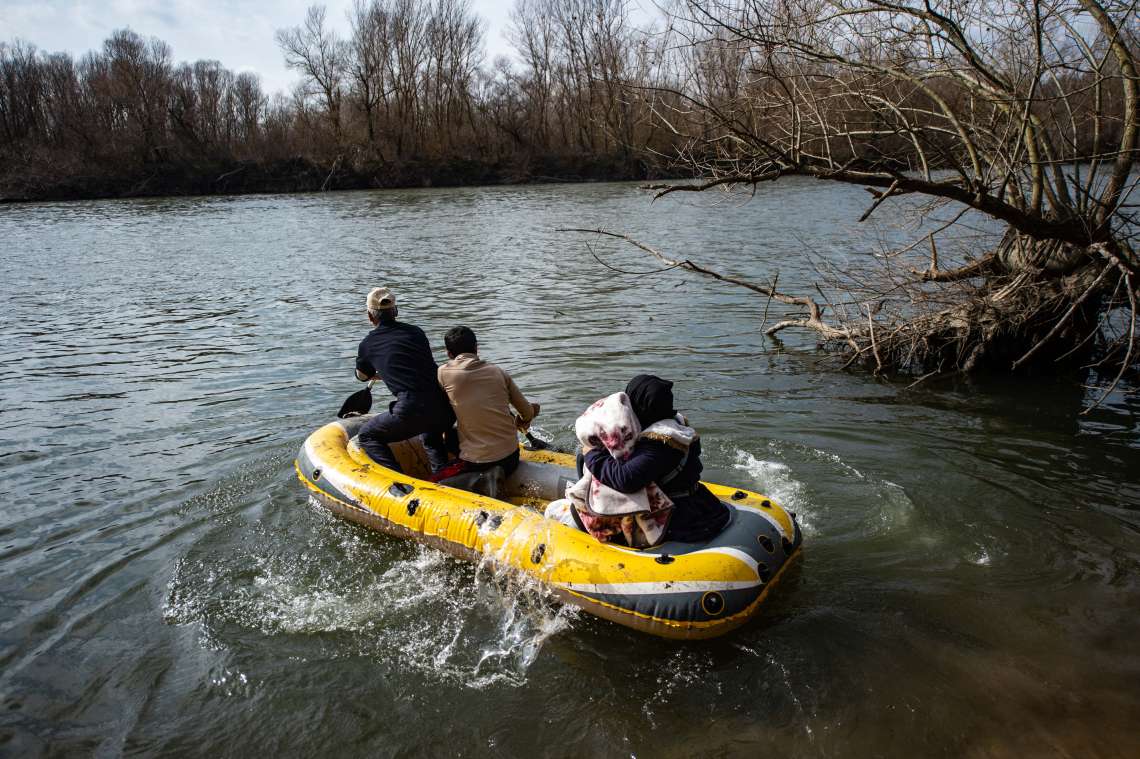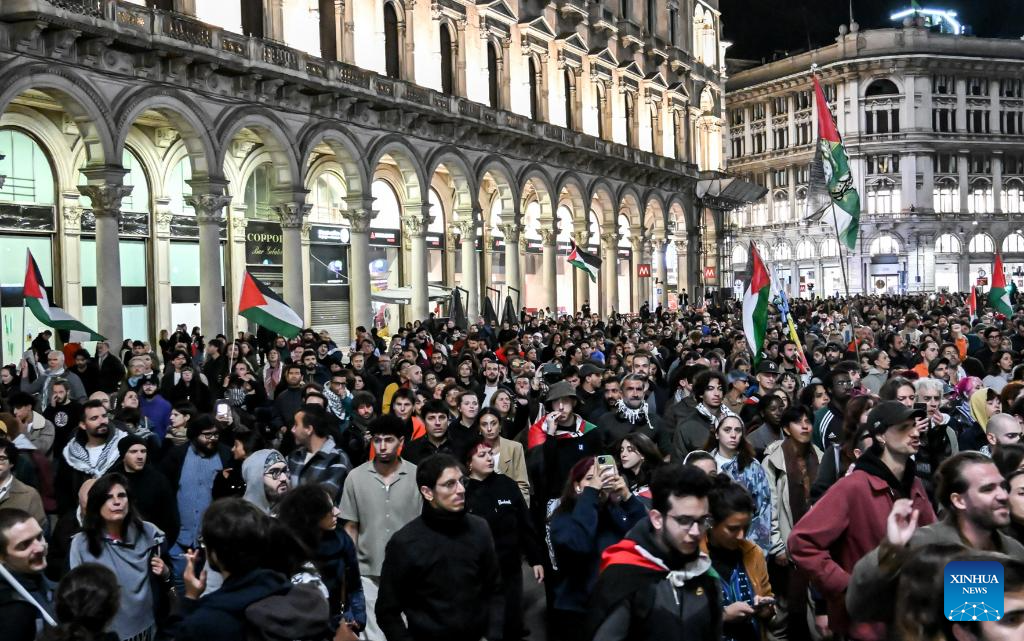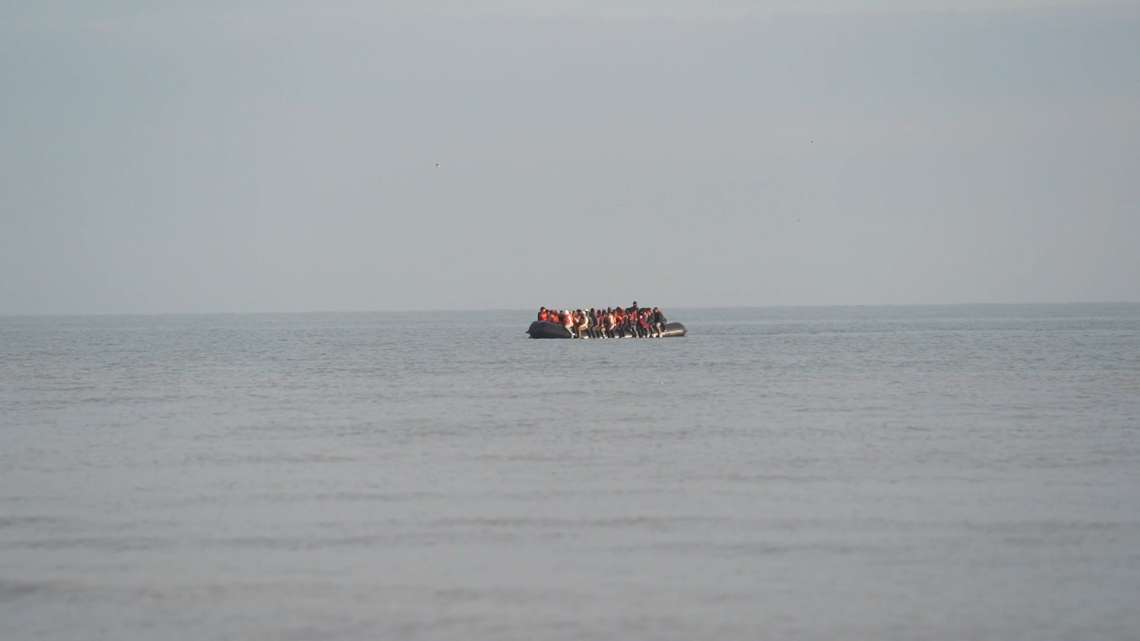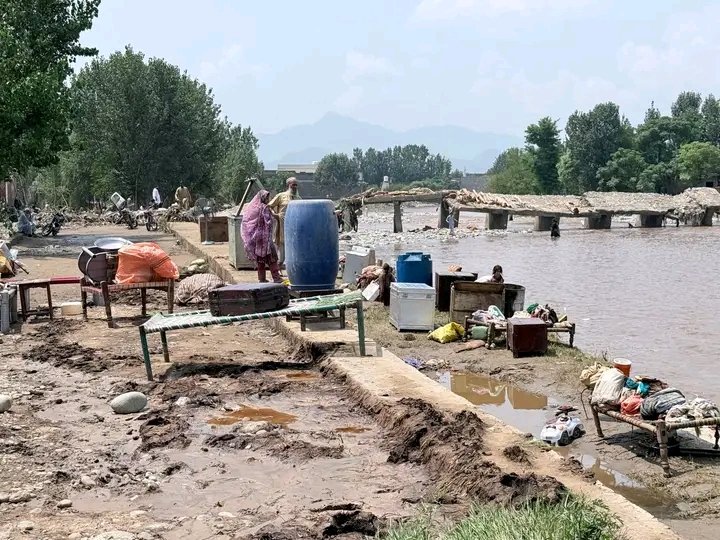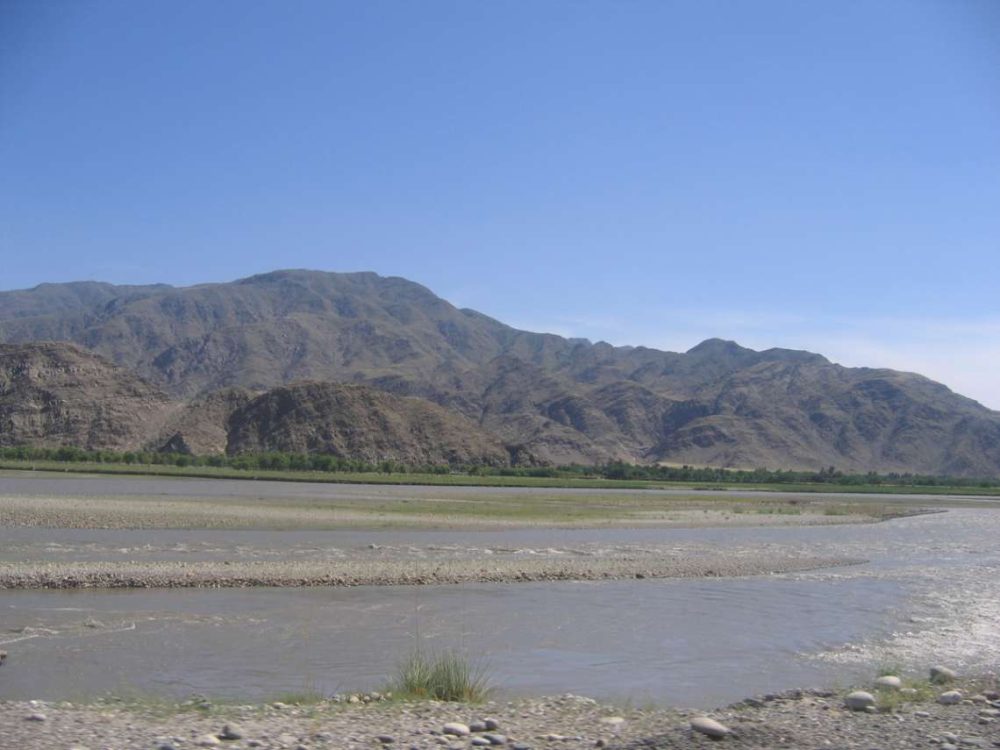Humanitarian groups like the International Rescue Committee warn that deterrence strategies only make journeys more perilous, forcing migrants to travel covertly at night and pay smugglers higher fees….reports Asian Lite News
The number of people entering Europe illegally has fallen in 2025, but experts caution that irregular migration is far from disappearing, as armed conflicts, political instability, and economic hardship continue to push people toward dangerous journeys. Migrants are increasingly relying on smugglers and exploring new pathways to evade Europe’s tougher border measures.
According to Frontex, the EU’s border agency, arrivals dropped by 20 percent in the first six months of the year, extending a downward trend seen in 2024. Officials attributed the decline to intensified cooperation with transit countries, where authorities have cracked down on departures with the help of European funding and resources.
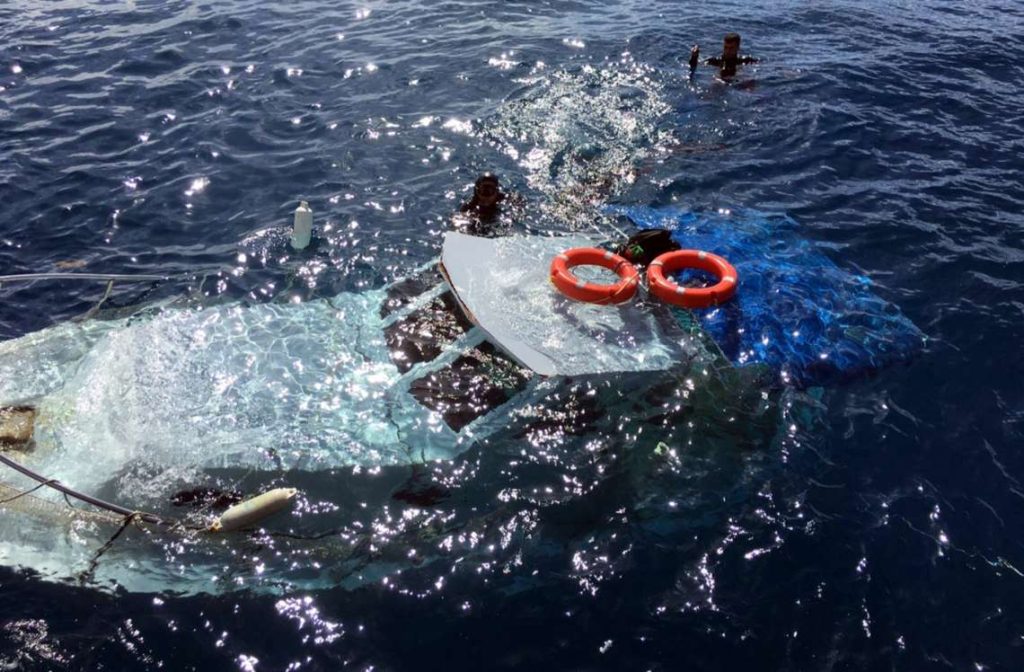
Arab News reported that since the peak of 2015, when more than one million people entered Europe during the so-called migrant crisis, the EU has steadily hardened its stance on irregular arrivals. However, experts argue that while tougher border controls have slowed crossings on some routes, migrants and smugglers have shifted to newer and often riskier corridors.
While the overall numbers are falling, activity has not declined everywhere. The Mediterranean remains a flashpoint, and a new sea corridor between Libya and Greece has already seen more than 7,000 arrivals on the island of Crete this year. Greece has proposed legislation to criminalise illegal entry and impose a temporary ban on asylum applications — a move that migration experts warn will only fuel reliance on smuggling networks.
Arab News also highlighted that irregular crossings into Europe dropped to 240,000 in 2024, down from more than 300,000 in both 2022 and 2023. Yet, humanitarian groups stress that the trend masks shifting patterns, with migrants attempting to avoid increasingly sophisticated surveillance systems. “As one route declines, others usually surge or re-emerge,” said Jennifer Vallentine of the Mixed Migration Center.
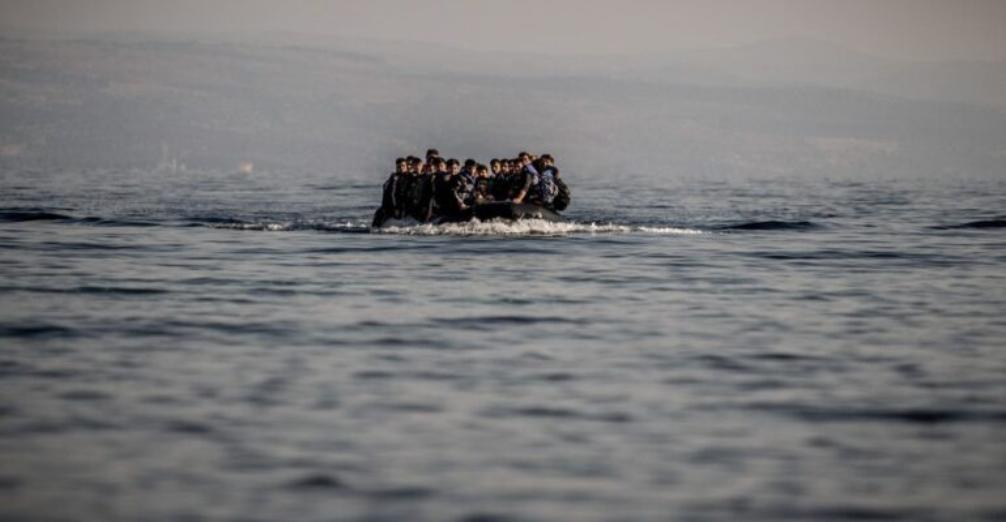
The EU has signed migration agreements with Libya, Tunisia and Egypt, providing funding, patrol boats and surveillance technology in return for stricter border enforcement. According to the International Organization for Migration, this cooperation contributed to a 58 percent fall in crossings from North Africa to Italy and Malta in 2024. However, it also triggered a rise in Atlantic Ocean crossings from West Africa to Spain’s Canary Islands — a longer, deadlier route.
Despite billions spent on surveillance, Frontex officers, and border fortifications, irregular migration remains resilient. Humanitarian groups like the International Rescue Committee warn that deterrence strategies only make journeys more perilous, forcing migrants to travel covertly at night and pay smugglers higher fees.
With Brussels preparing to triple its border security budget to €81 billion in its 2028–2034 framework, migration experts say Europe risks deepening the cycle of dangerous crossings. “Until safe and regular pathways are created, irregular migration will continue — and smugglers will always adapt,” Vallentine said.


